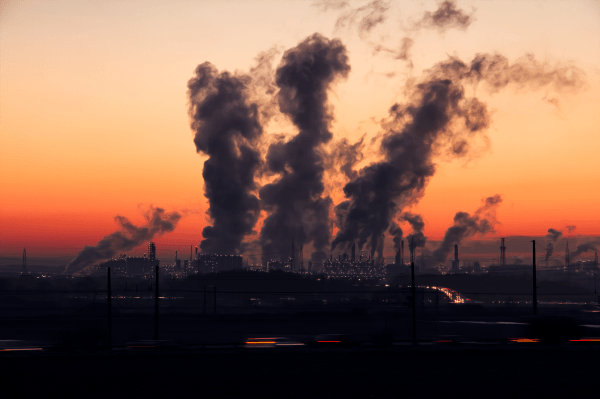Climate change and air pollution are two major societal problems. Air pollution is responsible for millions of deaths worldwide and crop loss every year. Both climate change and air pollution share a common origin — fuel burning — and a common solution — a clean and fair energy transition. But which policy and technological interventions should be put in place, and when?
Their complex interplay calls for an advanced evaluation framework that can support decision making. Previous assessments have looked at the co-benefits of climate policies for air pollution, but few have optimized air pollution benefits.
A new study led by RFF-CMCC European Institute on Economics and the Environment (EIEE) recently published in The Lancet Planetary Health (among the authors, Lara Aleluia Reis and Laurent Drouet, scientists at RFF-CMCC European Institute on Economics and the Environment (EIEE), and Massimo Tavoni, Director of EIEE) lay out a modelling framework that internalizes air pollution’s economic impacts on human mortality, while considering climate constraints and aerosol feedback.
Results show how welfare-maximizing strategies accounting for air pollution benefits generate considerable health benefits, avoiding 1.62 million of annual premature deaths by mid-century, a figure that is three times greater than the co-benefits of climate policies.
“This study develops and implements a benefit-cost, integrated air quality-climate modelling framework”, explains Lara Aleluia Reis, researcher at RFF-CMCC European Institute on Economics and the Environment (EIEE) and lead author of the study. “We highlight how health benefits of optimized air pollution interventions are greater than climate mitigation co-benefits alone, and in case of delayed climate action are essential to keep mortality at lower levels. Air pollution reductions are mainly achieved via end-of-pipe technologies (EOP), especially at the beginning of the century and when no climate policy is in place. This result speaks to the importance of EOP measures in the first half of the century. This is the first global study to optimize structural and end-of-pipe investments to mitigate air pollution and to simultaneously attain the Paris Agreement temperature objectives of 1.5 and 2°C.”
Read more at CMCC Foundation - Euro-Mediterranean Center on Climate Change
Photo Credit: SD-Pictures via Pixabay


